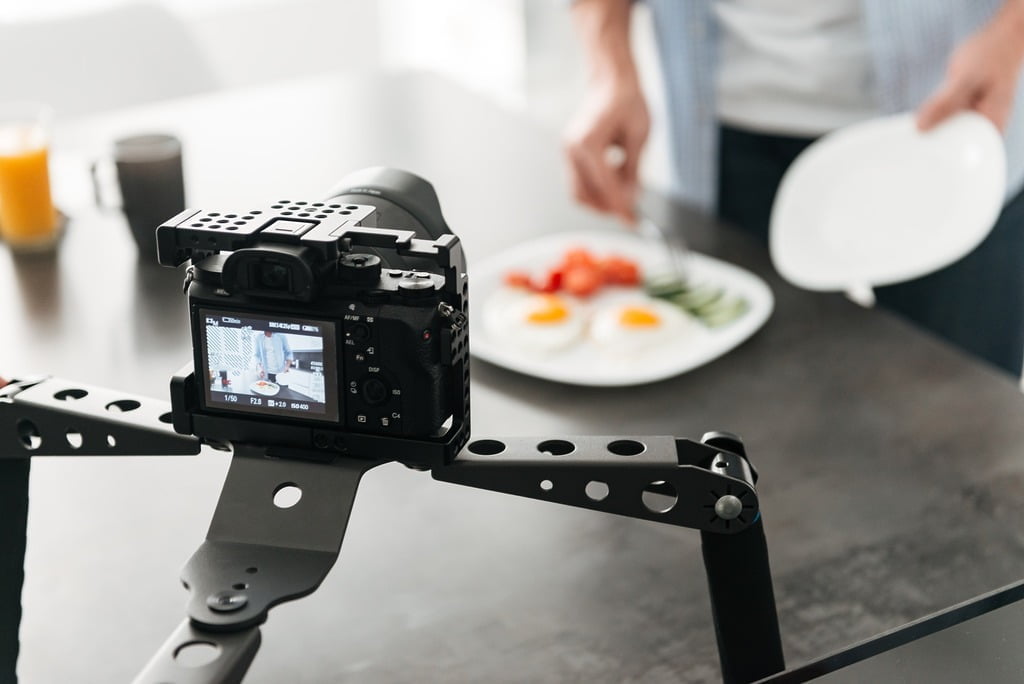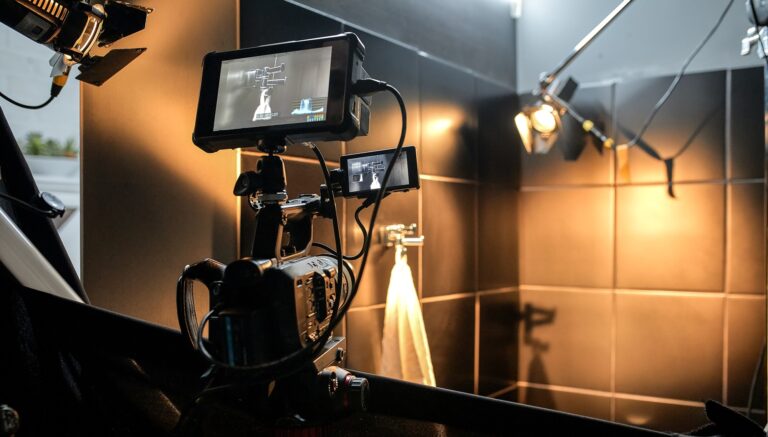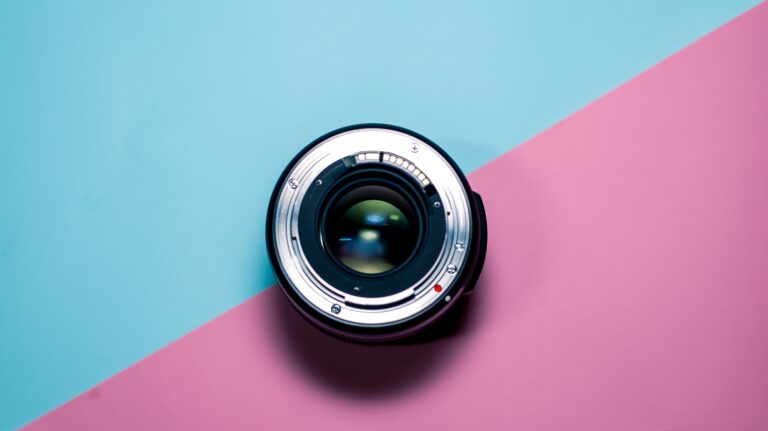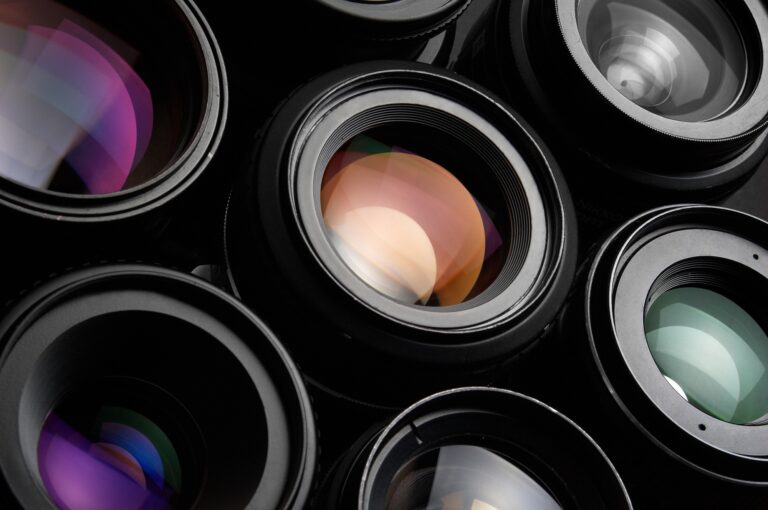Making professional cooking videos is one of the best ways to showcase your cooking skills and gain an audience of viewers. More and more people are taking their cooking skills to the next level by producing professional cooking videos. You can use these videos to either teach people something new or to just give them an entertaining look at what you’re making.
Additionally, it’s a great way to market yourself and build your brand as a chef. Creating professional cooking videos requires some technical and creative knowledge as well as dedication and persistence. In this article, we’ll walk you through everything you need to know and do to create your professional cooking videos.
Understand the Basics
The first step in producing professional cooking videos is understanding the basics. This includes learning about the equipment needed, the types of video formats, and the different ways you can edit and present your video.
Equipment
The equipment you need to create a professional cooking video will depend on the quality of the video you want to produce. If you’re just starting, it’s best to use essential equipment such as a smartphone and a laptop. However, you may also want to invest in more professional equipment such as digital cameras, lights, microphones, and tripods depending on your budget and needs.
Formats
When it comes to the actual format of your video, there are numerous choices available. The most commonly used are standard-definition (SD) and high-definition (HD) formats. SD is typically better for low-budget productions, while HD is better for high-quality, cinematic-style videos. Additionally, there are also streaming and virtual reality (VR) formats.
Editing
The video editing process is vital to producing professional cooking videos. It’s important to be familiar with different video editing software so you can easily make adjustments to your footage, such as trimming and splicing. Additionally, you’ll need to choose a file format for your final video, such as QuickTime, MP4, or AVI.
Presentation
Choosing how to present your video is a crucial part of the process. You’ll want to decide if you’ll be focusing on a certain style of cooking or if you’ll be taking a broader approach. You’ll also need to provide clear instructions and choose a format that will best showcase your skills. Additionally, if you’re looking to monetize your videos, you may want to include advertisements or product endorsements.
Develop Your Content
Now that you’ve a basic understanding of the equipment, formats, and presentation, you’re ready to develop your content. This is where true creativity and knowledge of cooking come into play. You’ll need to come up with interesting recipes and techniques that will engage viewers. Additionally, you’ll need to showcase your unique style in a clear and organized manner.
Choose Recipes
For cooking videos, the recipes you choose are key. These should be recipes that are not only visually appealing but also ones that are simple enough for viewers to recreate. Think about recipes that you can easily explain in a short amount of time. It’s also important to consider different dietary needs, such as vegetarian, vegan, and gluten-free.
Tips and Techniques
Additionally, you’ll want to provide tips and techniques that will help viewers get better results from their cooking ventures. If you’ve picked advanced recipes, it’s important to break them down and explain each step so viewers will have a higher chance of success. It’s also a good idea to provide helpful links to resources such as recipes, ingredient sources, and online cooking classes.
Storytelling
Weaving a story into your cooking videos is another great way to keep viewers’ attention. To do this, you can either add an introduction or a pre-recorded segment with personal anecdotes or interesting facts about the food you’re cooking. You can also show viewers the entire process from grocery shopping to the finished product.
Set Up Your Space
Once you have your content ready, it’s time to set up the space for filming. This involves both arranging your equipment for optimal lighting and sound as well as styling your space to be visually appealing.
Lighting
Lighting is one of the most important aspects of producing professional cooking videos. You’ll want to ensure that your space is well-lit so that your footage looks its best. Natural light is the best way to go, so set up near a window if possible. If you need extra lighting, try using soft-box lights or LED bulbs.
Sound
Another aspect to consider is sound. Make sure that you have a microphone that can capture clear audio of your voice. Additionally, if you’re using props such as pots and pans, make sure that you have a way to minimize the noise.
Styling
In addition to lighting and sound, it’s also important to consider styling. If you have a homemade set, you can use colorful fabrics and props to create a visually appealing space. Additionally, it’s important to choose furniture and props that are easy to move around. This will help you create different shots and perspectives for your video.
Make the Final Video
Once everything is in place, it’s time to record and make your video. This stage involves filming the video, editing, and adding any special effects or graphics.
Filming
When it comes to filming, it’s important to use steady cameras, record long takes, and leave enough room for editing. Make sure to pay attention to the details, such as cropping and focusing, to ensure that your footage is of the highest quality.
Editing and Effects
The next step is to edit your footage. This involves cutting, cropping, adding text, and adding music and special effects. You may also want to use a tool such as Adobe Premiere Pro or Final Cut Pro to help you with the editing process. If you’re not familiar with video editing software, you can also find video editors online.
Sharing Your Video
Once you have made your video, it’s time to share it with the world. There are numerous ways to do this, including YouTube, Vimeo, and your website. Additionally, you can also share your video on different social media platforms such as Facebook, Twitter, and Instagram to further reach a larger audience.
Conclusion
Making professional cooking videos is a great way to show off your cooking skills and build a dedicated audience of viewers. The process of creating these videos involves understanding the basics, developing content, setting up a space for filming, and making the final video. Once you have made your video, it’s time to share it with the world and start building your brand as a chef.
Or read more on our blog





